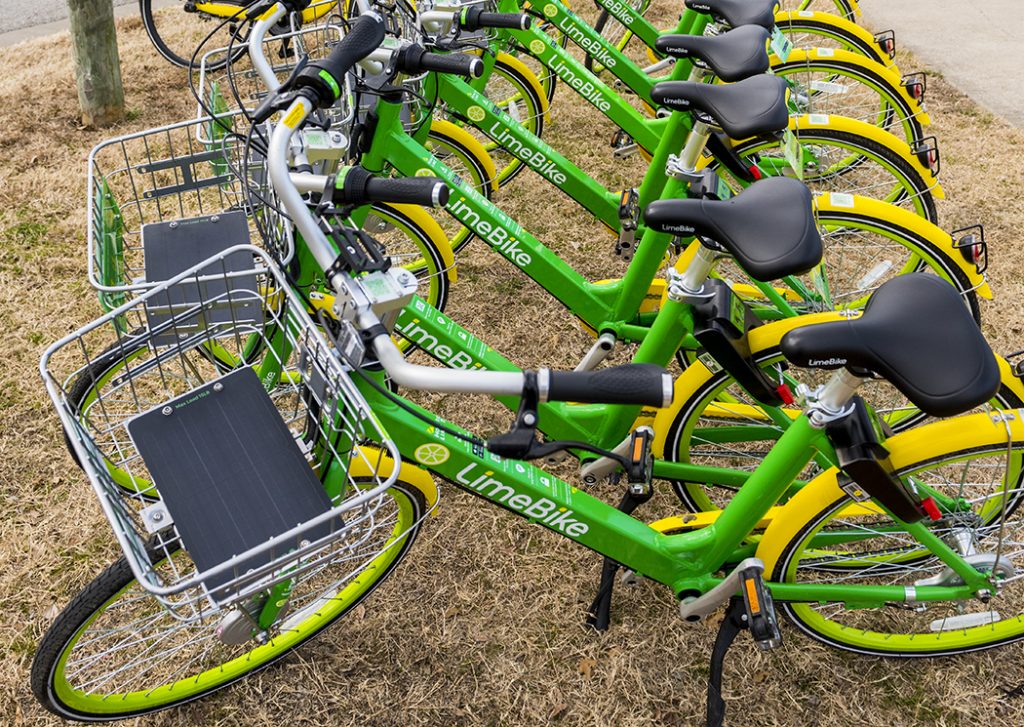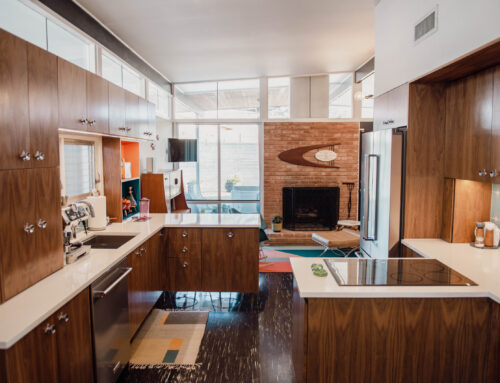
(Photo by Danny Fulgencio)
Bike ‘litter’ a sign of progress
As someone who truly believes that if the world were a just place, Frito pies and chocolate-filled doughnuts would be recognized as their own food group, it is remarkable to me that my youngest child loves fruits and vegetables as much as she does. I mean loves them. I’ll find half-eaten bags of baby carrots in the stuffed animal bin, desiccated orange peels on the window sill, an apple core on her bedside table.
Sure, I remind her to return uneaten food to the fridge. I encourage her to use this newfangled gadget we’ve got called a trash can. But still, I find broccoli stems in her backpack and leftover grapes in the carseat.
Don’t get me wrong, I’m not complaining. It brings me joy to find the remnants of her unusually healthy appetite (although, to be honest, it does make me wonder about a baby switch at the hospital). No, her discarded edamame shells and peach pits are evidence that she’s forming healthy eating habits, hopefully for a lifetime. Picking up a few scraps here and there is a small price to pay, and fretting about it is missing the point entirely.
That’s what I think when I hear the frenzy over rental bikes strewn across our city. In the last two years, several private bike companies have come to Dallas in a big way, allowing people to find and rent bikes easily and cheaply from their smartphones. In response, Highland Park has all but banned them. The City of Dallas is poised to regulate them.
But this isn’t something we should be wringing our hands over, and it’s not something that we should try to “solve” with heavy-handed and over-reactive government regulation that will very likely kill these new businesses.
No, this is a problem we should be celebrating. These bikes littering our city are the best evidence yet that Dallas is changing, and for the better.
The leftover bikes — the bike wrappers, if you will — are proof of a significant pent-up demand for bikes as a transportation option. Conventional wisdom in Dallas has long held that Dallasites are attached to their cars with superglue and there is no real need for bike infrastructure because only hippies and children ride bikes (and who cares about hippies and children, amiright?). The success of bike share proves that many regularly-bathing adults will use bikes when it is cheap and convenient. We need to encourage this.
The success of bike share is also proof that people will get out of their cars if we give them cheap and convenient transportation alternatives. So let’s focus on how we can make other public transportation options more attractive to riders. If people will get out of their cars to ride bikes, why aren’t they getting out of their cars to ride buses? Is it that buses aren’t convenient enough? Not going to the right places? Not efficient enough? Let’s identify ways to improve other non-car transportation options and get even more people out of their vehicles.
Lastly, Dallas has lagged in investing in on-street bicycle infrastructure because of an erroneous perception that there isn’t a demand and roads are for cars. (By the way, it’s hard to justify building a bridge by the number of people swimming across a river.) All the people pedaling around Dallas on bright green and yellow bikes are proof that Dallas needs to invest in safe on-street bicycle infrastructure. The City’s $20 million recent investment in the Loop Trail, which will connect central Dallas’ trail systems, is a critical start. We need more.
As Jim Schutze recently wrote in the Dallas Observer: “If we think piles of bikes look tacky and we want to figure out how to clean them up a bit, well, ok, maybe. But we ought to be cheering this potentially transformational change, not fixating over minor growing pains.”





